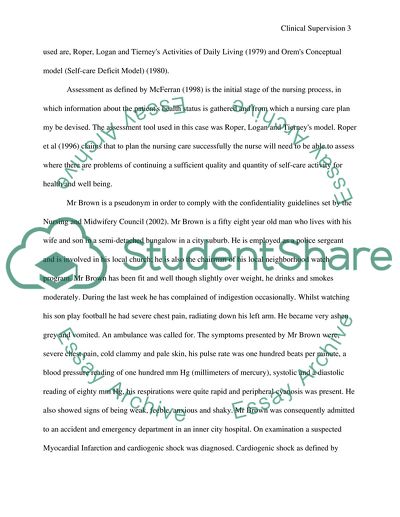Cite this document
(“Health and Social Care Professionals Essay Example | Topics and Well Written Essays - 2500 words”, n.d.)
Retrieved from https://studentshare.org/health-sciences-medicine/1539221-health-and-social-care-professionals
Retrieved from https://studentshare.org/health-sciences-medicine/1539221-health-and-social-care-professionals
(Health and Social Care Professionals Essay Example | Topics and Well Written Essays - 2500 Words)
https://studentshare.org/health-sciences-medicine/1539221-health-and-social-care-professionals.
https://studentshare.org/health-sciences-medicine/1539221-health-and-social-care-professionals.
“Health and Social Care Professionals Essay Example | Topics and Well Written Essays - 2500 Words”, n.d. https://studentshare.org/health-sciences-medicine/1539221-health-and-social-care-professionals.


